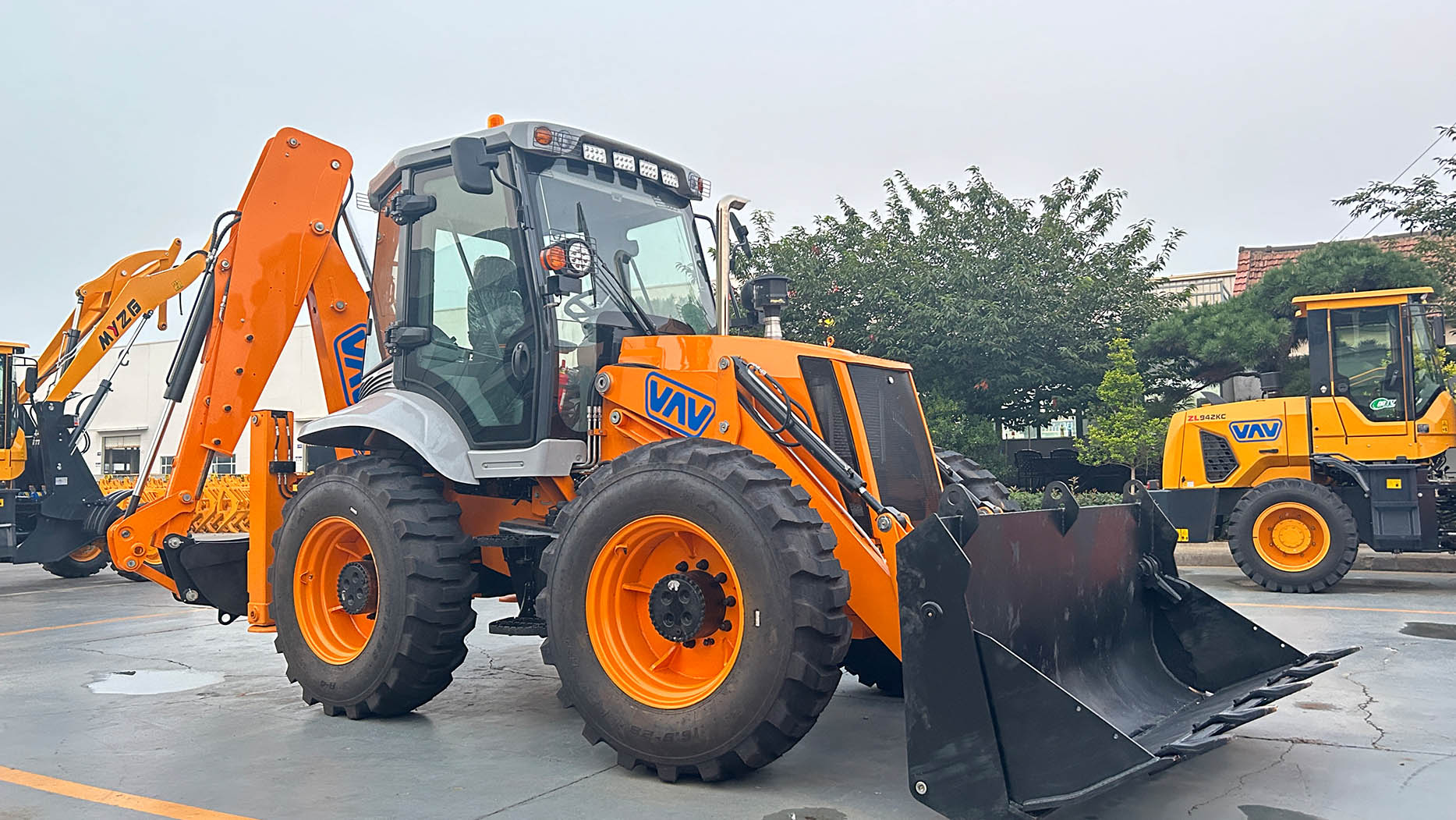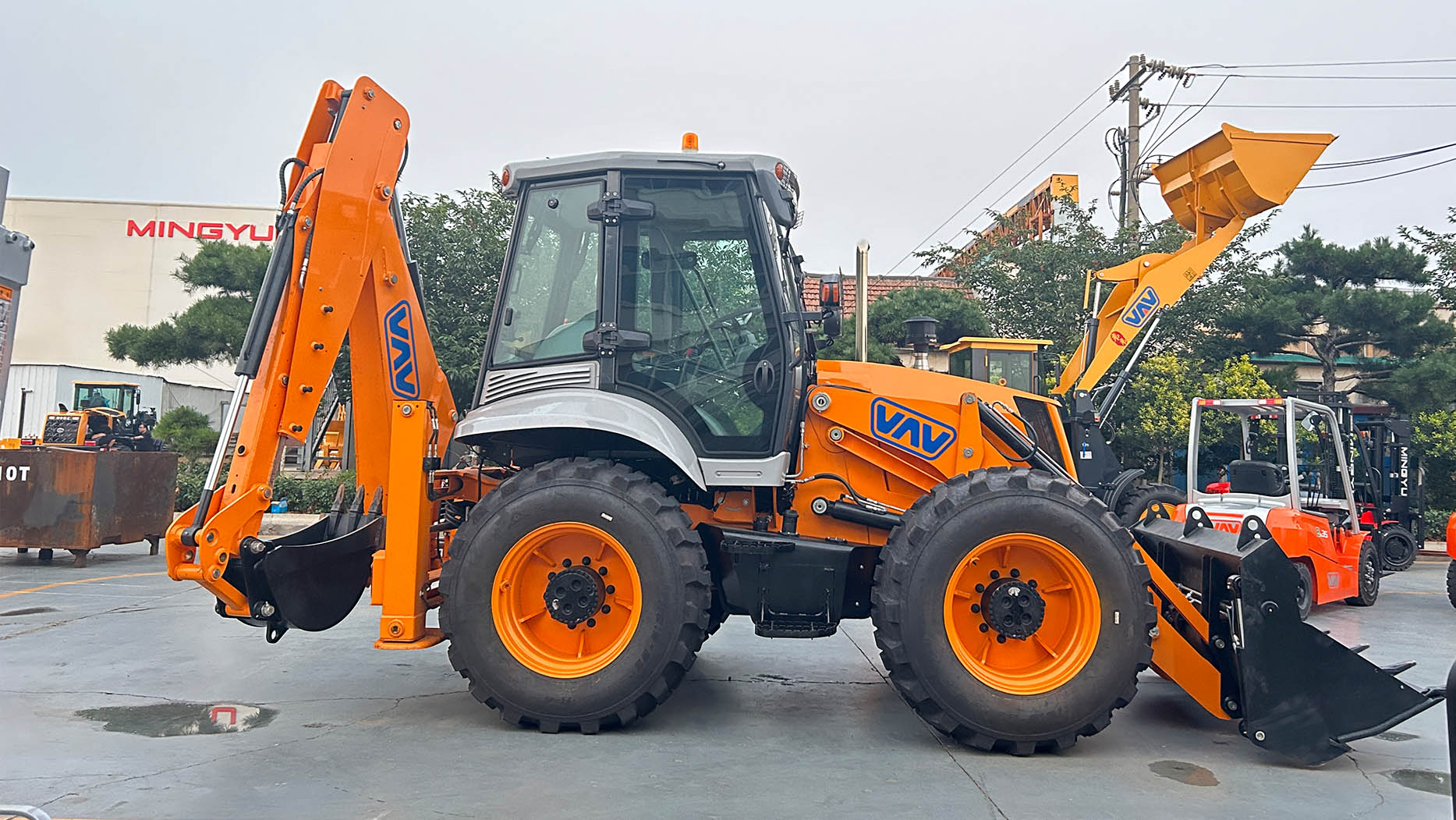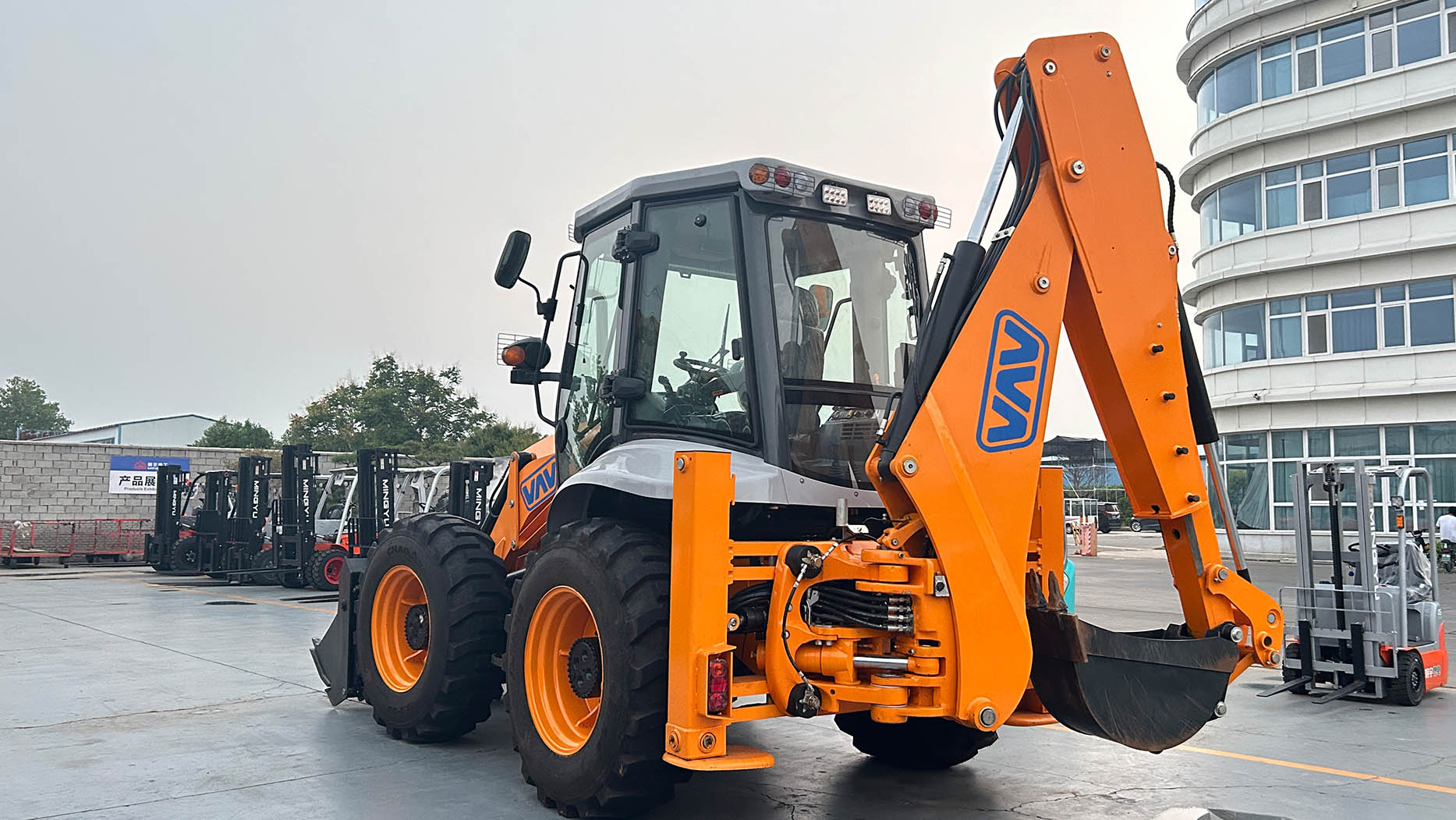Understanding the Giants of Construction: Backhoes vs. Excavators
In the dynamic world of construction and heavy machinery, two pieces of equipment frequently stand out: the backhoe and the excavator. While both are indispensable for digging and moving earth, they possess distinct designs, functionalities, and applications that set them apart. Understanding these differences is crucial for anyone involved in construction, from project managers to equipment operators, ensuring the right tool is chosen for the job, optimizing efficiency, and maximizing safety.
At first glance, both machines might appear similar due to their primary function of excavation. However, a closer look reveals their unique characteristics. The excavator, often referred to as a digger, is a dedicated digging machine. It typically features a house-like cab that can rotate 360 degrees on a chassis, providing the operator with an unobstructed view of the work area. This cab is mounted on tracks or, less commonly, wheels, offering superior stability and maneuverability, especially on uneven or soft terrain.
The most defining feature of an excavator is its boom, stick, and bucket assembly. This powerful hydraulic arm extends outwards and downwards, designed for heavy-duty digging, trenching, demolition, and lifting. Excavators come in a wide range of sizes, from compact mini-excavators used in residential landscaping to massive mining excavators that can move tons of material in a single scoop. Their versatility makes them a staple on large-scale construction sites, infrastructure projects, and mining operations. Whether it's digging deep foundations for skyscrapers, carving out new roads, or preparing land for large developments, the excavator is the go-to machine for significant earthmoving tasks.

On the other hand, the backhoe loader, more commonly known simply as a backhoe, is a versatile piece of equipment that combines the functions of a loader and an excavator into one compact machine. It is essentially a tractor equipped with a loader bucket at the front and a backhoe arm at the rear. This dual-purpose design makes the backhoe an incredibly adaptable machine, often described as the "Swiss Army knife" of construction equipment.
The front-end loader of a backhoe is ideal for scooping, carrying, and dumping materials such as sand, gravel, and dirt. It's also frequently used for grading, backfilling trenches, and clearing debris. The rear-mounted backhoe arm, while smaller and less powerful than a dedicated excavator arm, is perfectly suited for smaller-scale digging tasks like digging trenches for utility lines, breaking up asphalt, or performing precise excavations in confined spaces.
Backhoes are almost exclusively wheel-mounted, giving them excellent mobility on paved surfaces. This makes them particularly useful for municipal projects, road maintenance, and smaller construction sites where they need to frequently move between tasks or locations. Their ability to drive on roads without requiring a separate transport vehicle is a significant advantage in terms of cost and time efficiency. However, their wheeled design means they have less traction and stability on extremely rough or muddy terrain compared to tracked excavators.

Key Differences Summarized
Let's delve deeper into the fundamental differences:
1. Primary Function:
- Excavator: Primarily designed for heavy-duty digging, trenching, demolition, and material handling. Its strength lies in its specialized digging capabilities.
- Backhoe: A multi-purpose machine designed for both loading at the front and digging at the back. It's a versatile solution for a variety of smaller-scale tasks.
2. Mobility and Undercarriage:
- Excavator: Predominantly tracked, offering superior stability, traction, and flotation on challenging terrain. While wheel excavators exist, they are less common for heavy-duty digging.
- Backhoe: Almost always wheeled, providing excellent road mobility and maneuverability on paved or relatively flat surfaces. This allows for quick transitions between job sites without needing a trailer.
3. Rotation:
- Excavator: Features a full 360-degree rotating cab and boom, offering unparalleled reach and the ability to dig and dump in any direction without repositioning the entire machine.
- Backhoe: The backhoe arm typically has a limited swing radius (around 200 degrees), requiring the operator to reposition the entire machine for certain tasks. The front loader is fixed.
4. Size and Power:
- Excavator: Available in a vast range of sizes, from mini-excavators to massive mining machines. Generally, excavators offer significantly more power and digging depth than backhoes.
- Backhoe: Typically smaller and less powerful than dedicated excavators, making them suitable for light-to-medium duty work.
5. Applications:
- Excavator: Large-scale excavations, foundation digging, demolition, dredging, mining, road construction, heavy lifting, and large-scale landscaping.
- Backhoe: Utility trenching, digging septic tanks, small-scale demolition, backfilling, loading materials, site cleanup, and general construction where versatility is key.

Choosing the Right Machine
The decision between using a backhoe or an excavator ultimately depends on the specific requirements of the job. For large-scale projects requiring deep and extensive digging, heavy lifting, or work on challenging terrain, an excavator is the undisputed champion. Its power, reach, and 360-degree rotation make it the most efficient choice for these demanding tasks.
However, for smaller projects, urban environments, or jobs that require a combination of digging and loading with frequent movement between work areas, the backhoe proves to be the more economical and practical solution. Its versatility reduces the need for multiple machines, saving on equipment costs, fuel, and labor.
In conclusion, while both backhoes and excavators are essential tools in the construction industry, they are designed for different purposes and excel in different environments. Understanding their unique strengths and limitations is key to maximizing efficiency, productivity, and safety on any construction site.
Post time:Jun.17.2025
